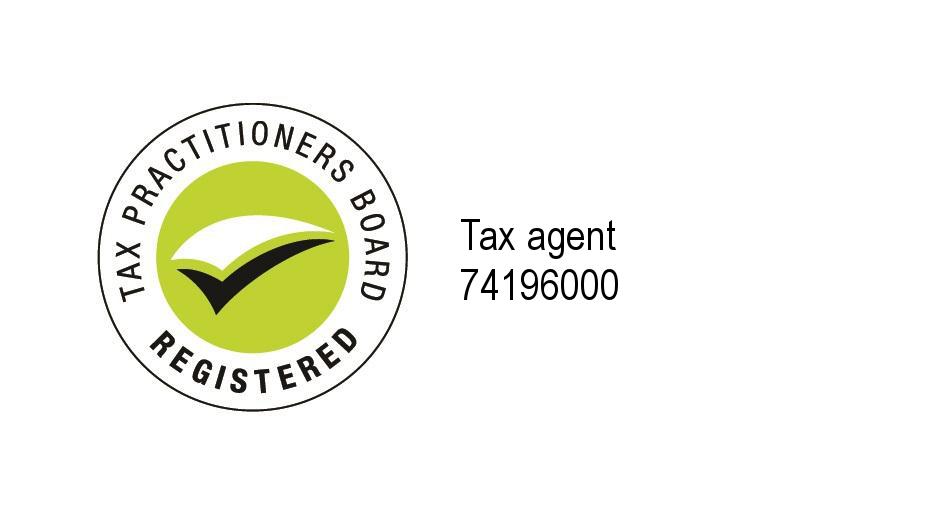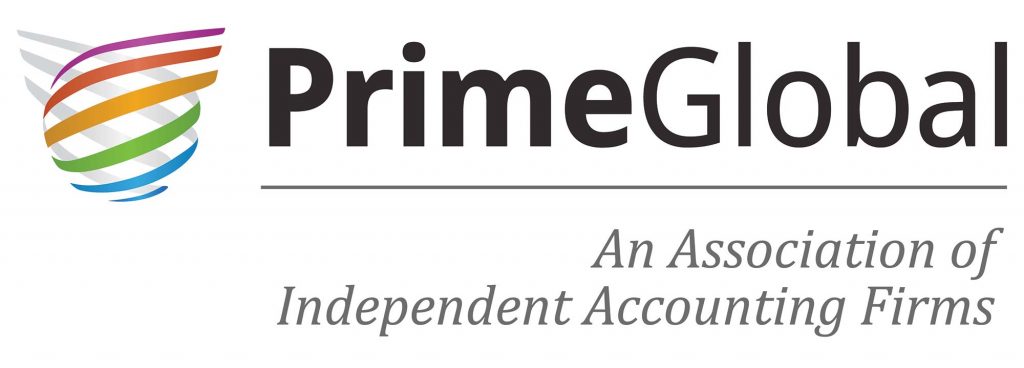Currently around Australia’s many wine regions, grape growers and wineries will be working through the night (many literally) picking and crushing the grapes for what will become wines from the 2015 vintage. Some of the whites wines from this vintage may be ready for consumption in a matter of months, whereas the majority of wines, and particularly the reds, will not be finished and ready for distribution until 2016 or later.
Each vintage is a reminder that we not only have a Wine Equalisation Tax (WET) but that winemakers can also access a Wine Producer Rebate (WPR) of up to $500,000 per financial year.
WET
The WET regime is almost a direct copy of the old Wholesale Sales Tax (WST) system, albeit that it is now limited to wine or wine-related products. This 29% tax applies at the wholesale sale transaction (or an equivalent notional wholesale transaction) in the wine distribution process. As such it is not as visible to the end-consumer. As the WET is imposed at the wholesale level, when the GST is applied at the consumer level, there is a further layer of tax i.e. a tax on a tax!
All the same issues that arose under the WST regime still apply to the wine industry when dealing with WET: applications to own use (e.g. sample and tasting stock), freight charges, rebates, what constitutes manufacture, etc. In addition to these, there is also the operation of the WPR.
WPR
The WPR essentially replaced State-based cellar door rebates to assist smaller winegrowers and wineries and contribute to regional areas. However, there are a number of conditions that need to be met before an entity qualifies for the rebate, the most obvious one being the need to be a wine producer. As should be expected for a rebate payable from the Government to a taxpayer, there are also a number of anti-avoidance provisions.
The main anti-avoidance measure relates to associate producers, essentially to ensure that only one $500,000 WPR is available within a group of associated producers. Here the rules borrow heavily from the ‘connected entity’ and ‘associate’ definitions in the income tax law.
Another more recent rule (introduced effective from 10 December 2012) is that an entitlement to the WPR can only effectively be claimed once for wine manufactured. This rule is somewhat more complex and requires a disclosure to enable producers in a chain of transactions to trace whether WPR is available.
Given that the rebate is relatively substantial and ongoing (up to $500,000 is available each financial year), it appears taxpayers plan to maximise the amount of rebate available. As a result, the ATO has issued a number of Taxpayer Alerts (intended to be an ‘early warning’ of significant new and emerging higher risk tax planning issues or arrangements that the ATO has under risk assessment) referring to various schemes it has identified.
The First Glass or the Last?
So the WET regime was derived from the old WST regime and within this framework the WPR has been introduced. To manage aggressive tax planning the law draws upon concepts, rules and definitions from the income tax law, and the ATO attempts to manage some of the risk via Taxpayer Alerts and auditing producers on WET and WPR claims.
There has also for some time now been debate over whether an ad valorem WET is the most efficient way to tax wine (or a tax on a tax on wine!). The Henry Review recommended moving to a volumetric tax system (taxing on the volume of alcohol rather than based on the wholesale price), but this recommendation has not been adopted.
While the European countries impose a VAT on wine (similar to GST), as far as we are aware there is no specific additional tax on wine. The USA imposes a retail sales tax, but this is a State-based system, and so some States may not tax wine at all. Again, however, as far as we are aware no specific tax on wine.
Maybe the question shouldn’t be ‘What is the best system for Australia to tax wine?’ but rather ‘Should we keep taxing wine at all?’ After all, the only reason it was referred to as a wine equalisation tax was its attempt to keep taxing wine at the same level as it was under the former WST. In fact, what really happened is that slightly more tax applies under the current regime.
From a consumer’s perspective the WET, plus the additional component of GST on the WET, makes up somewhere between 14% to 20% of the total retail price of wine. That means it’s either the first glass or the last glass from the bottle that goes to the government in WET. I’d like to think it’s the last glass – so make sure you savour it!



